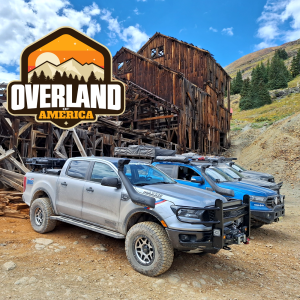Dirtman
Former Middleweight Moss Fighting Champion
- Joined
- May 28, 2018
- Messages
- 19,304
- City
- 41N 75W
- Vehicle Year
- 2009
- Engine
- 2.3 (4 Cylinder)
- Transmission
- Automatic
- Total Lift
- It's up there.
- Total Drop
- It's down there.
- Tire Size
- Round.
- My credo
- I poop in the furnace.
My around town mileage sucks. And my general theory is because the stupid thing shifts into overdrive at like 35-40mph and then the engine is working its ass off to keep up. Going to a lower gear should help take strain off the engine in stop and go low speed driving like I do. My truck rarely sees the highway so I have no fear of big gears.
I even considered 4.88s but I do plan on a few trips to Georgia with it so I dont want to flat out murder my highway cruising ability.
I even considered 4.88s but I do plan on a few trips to Georgia with it so I dont want to flat out murder my highway cruising ability.













